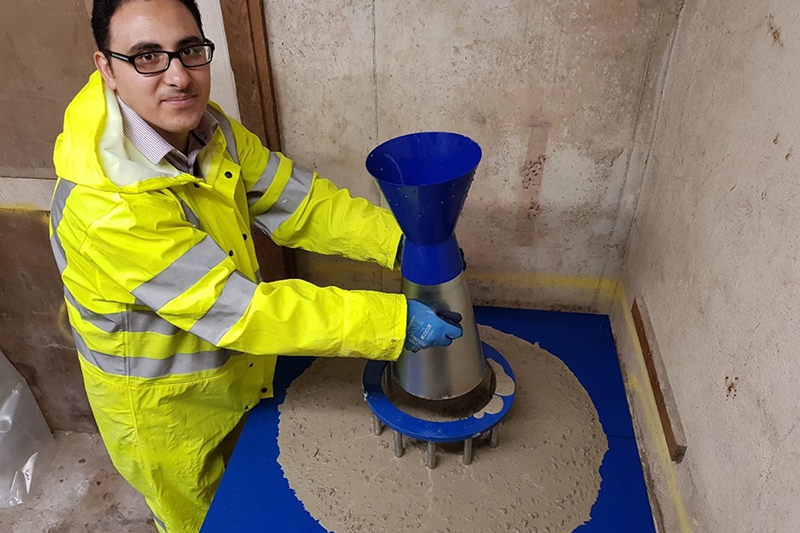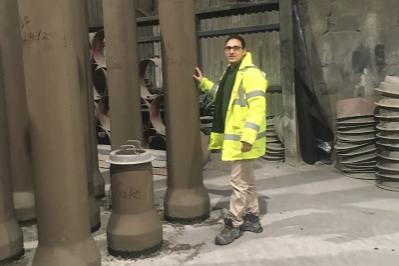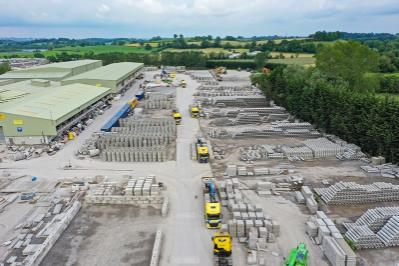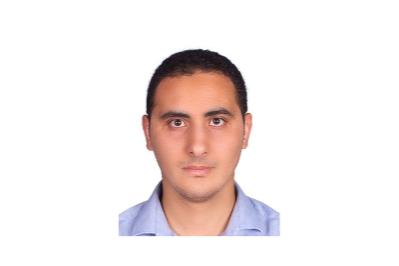Developing an innovative solution to use what is widely considered a waste material in the pre-cast concrete industry
The project has great potential to make a major impact on all stakeholders involved in sustainable construction materials for civil engineering applications. The project will help academics understanding the role of magnesium filler in SCC which will be published in relevant conferences and journals. The academics will also have a case study to demonstrate to students (MSc, MEng, and final projects) the use of waste by-products such as quarry dust (magnesium limestone) in practice.
For the company, being able to use the magnesium limestone from Belcoo Quarry will mean that Tracey Concrete would become self sufficient for not only sand and aggregates but also filler and would greatly reduce Tracey Concrete costs for SCC products.
The project positively impacts the environment as the use of the quarry fines will first reduce the amount of waste going to landfill and second will promote the replacement of Portland cement (PC) in SCC mixes. The latter will contribute to the decarbonisation vision of the concrete industry by reducing the use of PC and saving carbon emissions. From economic perspective, the project reduces the disposal costs, valorises these fines and will enhance the competitiveness of the company, leading to the creation of new jobs.
Moreover, the project will have a major impact on society in terms of the greater sustainability and higher resilience of concrete products which will improve the quality of life.
Journal Papers:
1- Abdalqader, A., Sonebi, M., "Dolomitic Filler in Self-Compacting Concrete: A review", RILEM Technical Letters, RILEM Technical Letters, 50 (2020): 75-83.
Conference Papers
2- Accepted paper: Abdalqader, A., Sonebi, M., Thornton, N., Taylor, S., “Assessment of the Influence of the Type of Filler Materials on the Properties of Cement Grouts” ICBBM 2021 4th International Conference on Bio-Based Building Materials, 16-18 June 2021, Barcelona.
3- Abdalqader, A., Wilson, K., Thornton, N., McHugh, K., Sonebi, M., Taylor, S., "Preliminary investigation on the use of dolomitic quarry by-product powders in grout for self-compacting concrete applications" In the proceedings of Civil Engineering Research Ireland (CERI) 2020, August 27-28, 2020, Cork, Ireland.
Poster Presentations:
4- Abdalqader, A., “Properties of grout using dolomite powder as a replacement of cement for self-compacting concrete applications” in the 74th RILEM Annual Week & 40th Cement and Concrete Science Conference, August 31- September 4, 2020, Sheffield, UK.
Dr Mohamed Sonebi (Principal Investigator, Queen's University Belfast)
Prof Su Taylor (Co-Investigator, Queen's University Belfast)
Dr Ahmed Abdalqader, Queen's University Belfast /Tracey Concrete (KTP associate)
Kieran McHugh, Tracey Concrete (Chairman)
Kieran McHugh, Tracey Concrete (Company Supervisor)
Dr Stephen McComb, KTP Adviser
Goal 9: Build resilient infrastructure, promote inclusive and sustainable industrialization and foster innovation
Goal 11: Make cities and human settlements inclusive, safe, resilient and sustainable
Goal 13: Take urgent action to combat climate change and its impact (reduce carbon foot print).
- Low energy/low carbon concrete
- Reduced energy by elimination of vibration and noise through the use of self-compacting concrete
- Improvement in working environment for staff
- Use of quarry dust
Contact Details / Social Media
- Dr Rory Doherty
Further relevant info
- The KTP associate won the Associate photo competition organised by KTP office at QUB





